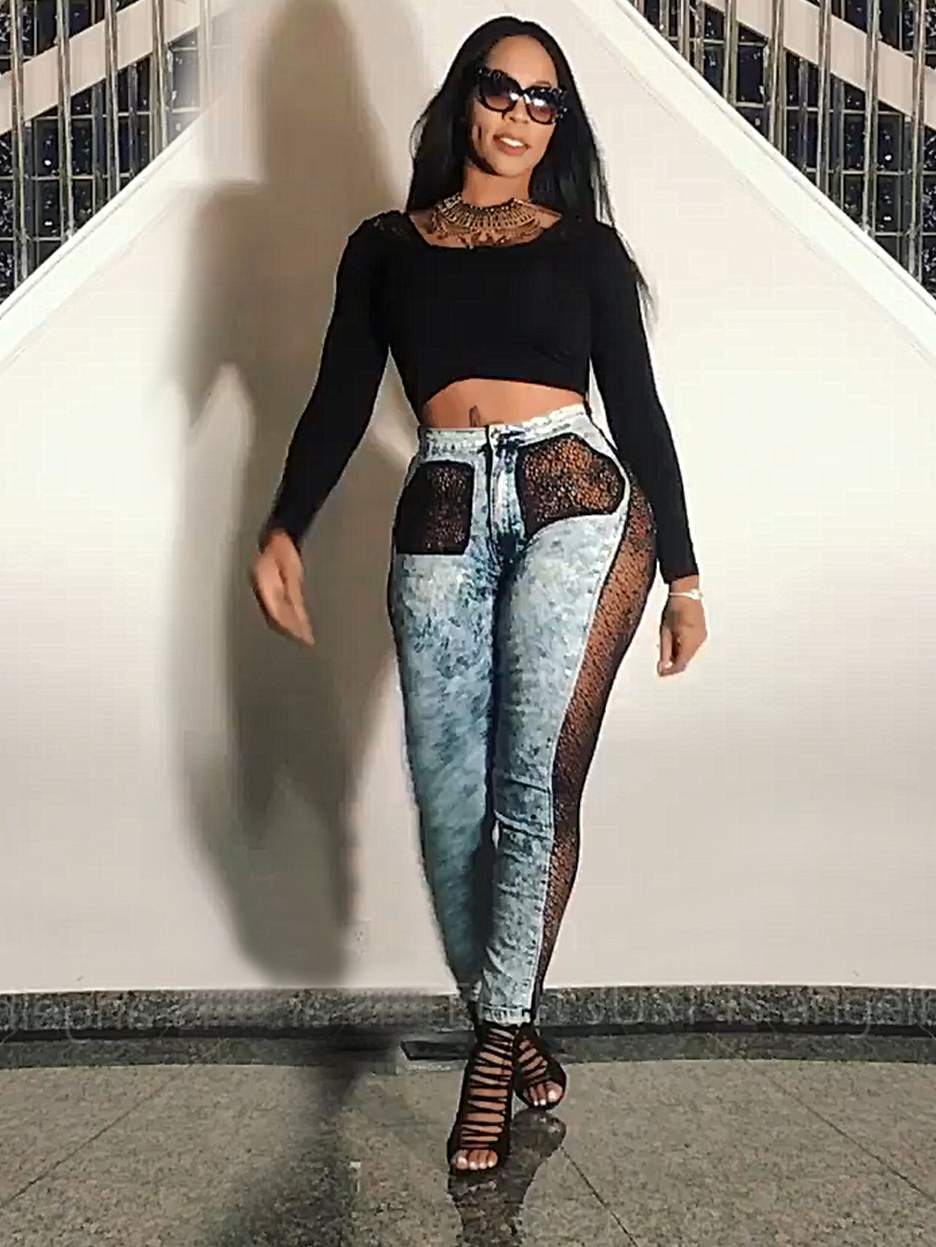
This is the fifth installment of a series about sexual assault and comics. You can find the previous posts here:
Introduction
Rape in the Gutters
Writing Sexual Violence, Part 1
Writing Sexual Violence, Part 2
The Widowmaker
In case you haven’t noticed, this column is late.
I’ve been thinking about rape, reading about rape, writing about rape, nonstop for the past three-and-a-half weeks. And I am burned the Hell out. Monday night, I was going to write a column about male sexual assault victims. Then, I took a break to watch a movie and couldn’t start back up. I wrote some more tonight, but not a column’s worth.
When I decided to recognize Sexual Assault Awareness Month with semiweekly columns addressing sexual violence in comics, I had no idea how deeply draining it would be. I’ve kept the schedule up for four weeks, but sometime around this past Monday, it just sort of dissolved. Work has been busier than usual. I’m trying to research a paper I have to present at the end of May and sew a costume from scratch in the same time frame. I have leaky pipes in my kitchen wall, and my landlord says they’re going to have to take out all the cabinets to fix them, which leaves us with nowhere for out dishes and a kitchen in disarray. My cat had fleas. I blew a kyu test. My aunt had massive surgery for uterine cancer.
And then I sit down at my computer and write about rape.
I’m tired of writing about rape, but not as tired as I am of having a reason to. I was working on the next column, which will be about male survivors of sexual violence and will involve case-studies of Starman and Green Arrow. So, I was writing this thing, and I was starting out by going over cultural assumptions about masculinity and how they affect male rape survivors and our attitudes towards them. I was going through myths and facts and I just got really fed up.
I shouldn’t have to write this stuff! It should be self-evident! And it blows my fucking mind that it’s not.
That’s uncharitable, I know. Not everyone had the enlightened liberal academic gender-egalitarian upbringing I did, which is another sort of privilege in action. But it still pisses me off.
I want to live in a world where I don’t have to explain that under the overwhelming majority of circumstances, if someone initiates sex with a person who is asleep, delirious, or otherwise impaired, it’s rape. I want to wake up and discover that survivors of same-sex sexual violence are never, ever prosecuted for ‘crimes against nature,’ and that men who are raped by other men are never abandoned by wives who assume that because they were victims of same-sex assaults, they must be gay.
While I’m at it, I also want a Yamaha Silent electric cello.
The column about male survivors of sexual assault will go up sometime in the next few days. But for now, I just need to breathe.
To tide you over, here are the lyrics to one of my very favorite feminist anthems, ‘Passionate Kisses,’ by Mary Chapin Carpenter:
Is it too much to ask
I want a comfortable bed that won’t hurt my back
Food to fill me up
And warm clothes and all that stuff
Shouldn’t I have this
Shouldn’t I have this
Shouldn’t I have all of this, and
Passionate kisses
Passionate kisses, whoa oh oh
Passionate kisses from you
Is it too much to demand
I want a full house and a rock and roll band
Pens that won’t run out of ink
And cool quiet and time to think
Shouldn’t I have this
Shouldn’t I have this
Shouldn’t I have all of this, and
Passionate kisses
Passionate kisses, whoa oh oh
Passionate kisses from you
Do I want too much
Am I going overboard to want that touch
I shout it out to the night
‘Give me what I deserve, ’cause it’s my right’
Shouldn’t I have this (shouldn’t I)
Shouldn’t I have this (shouldn’t I)
Shouldn’t I have all of this, and
Passionate kisses
Passionate kisses, whoa oh oh
Passionate kisses from you
Passionate kisses
Passionate kisses, whoa oh oh
Passionate kisses from you
You can discuss this column here.


